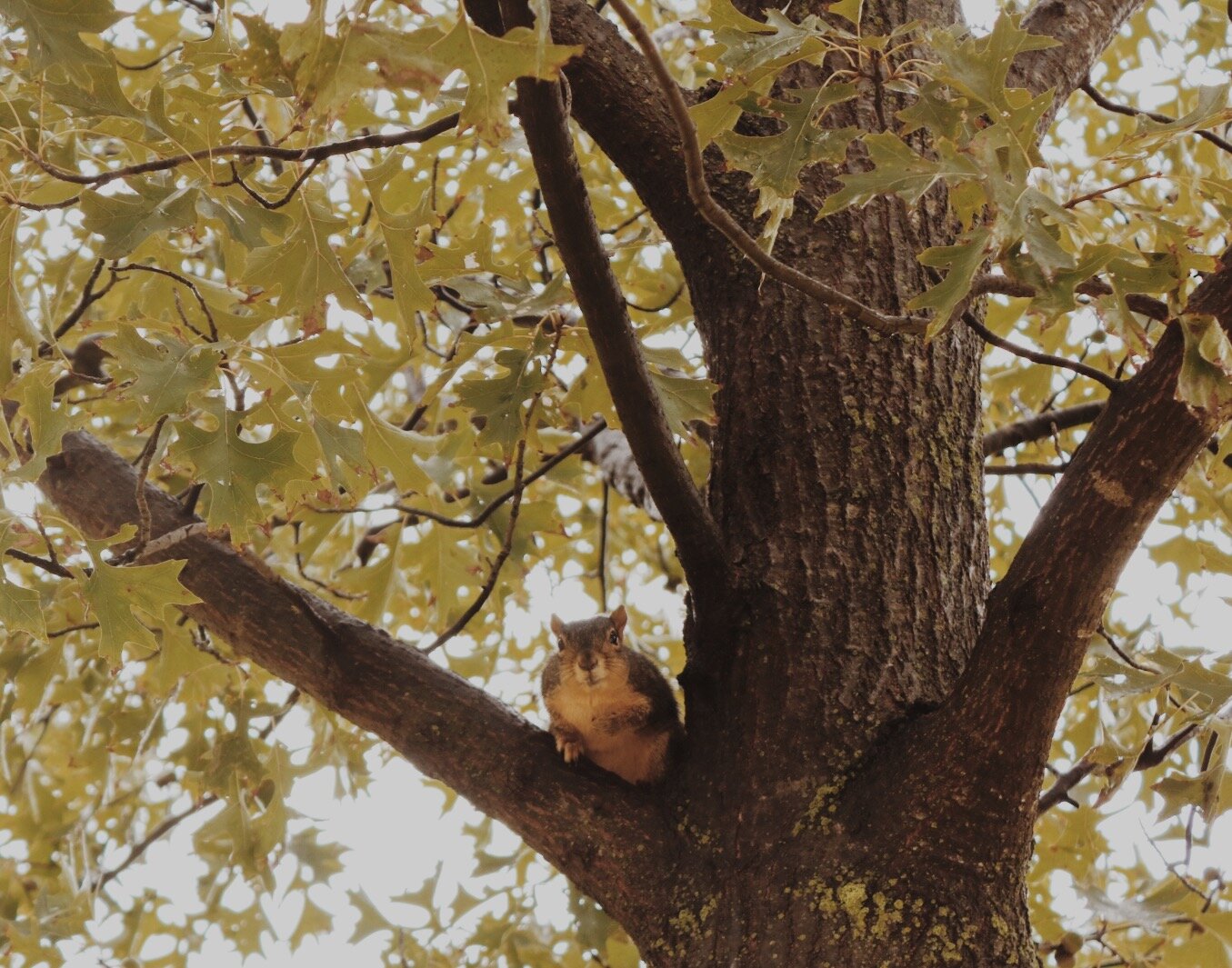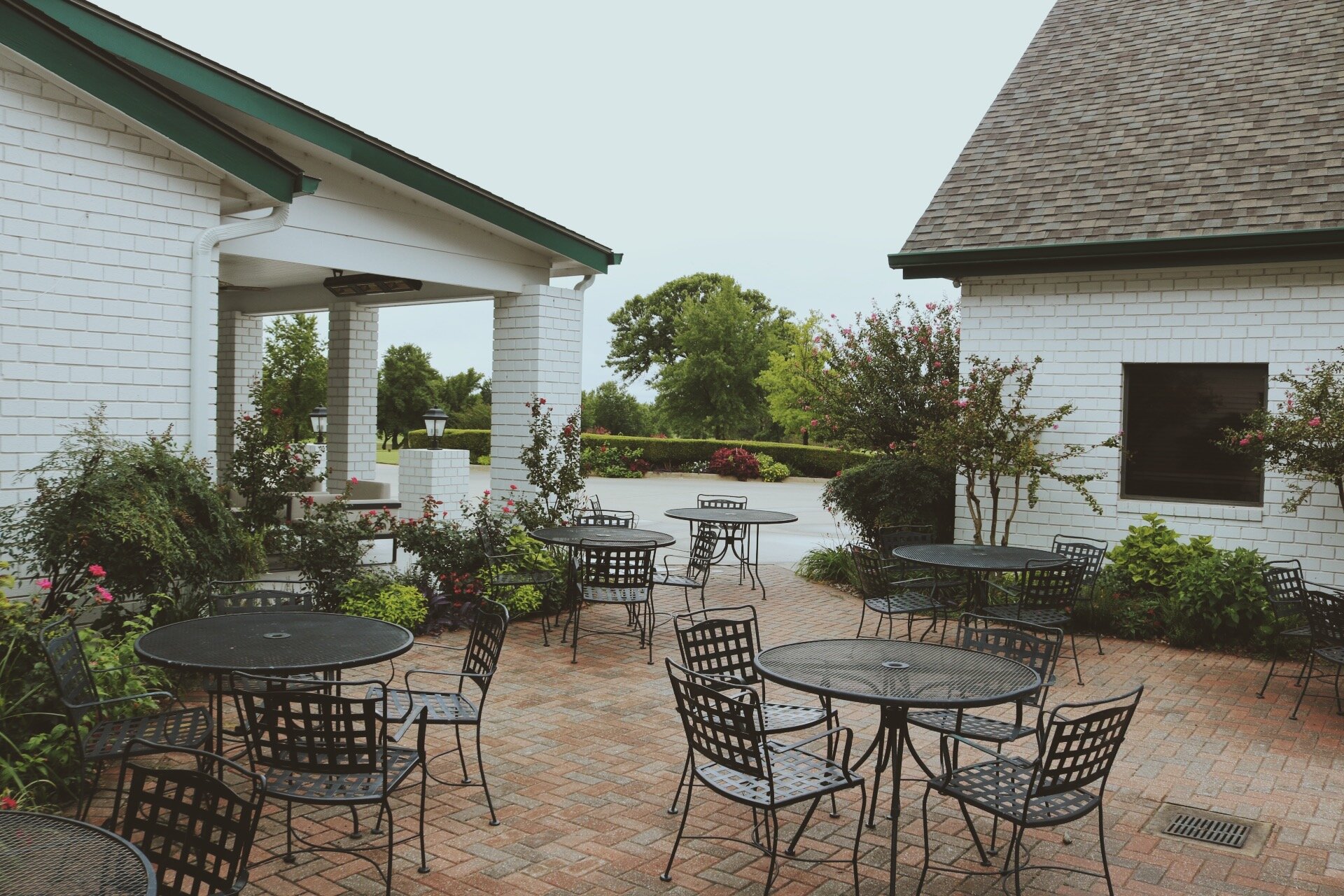The Golden Age.
It’s something the people of Tulsa know too well. In the early 20th Century, it’s what brought to town names like Getty, Phillips, Skelly and Sinclair.
In the shadow of towering wooden oil derricks among the rolling hills of Green Country, a boom began. A boom that swelled Tulsa’s population to more than 100,000. A boom that would bring the world’s finest luxuries to what was once known a few years earlier simply as Indian Territory. A boom that would transform roughnecks and rabble-rousers to Tulsa’s country club elite.
So – on piles of cash and a motivation to enjoy the finer things in life – the game of golf in Tulsa was born.
Tulsa’s original ties to Albert Warren Tillinghast are foggy. But just as the oilies honed their craft with every barrel they produced, so Tillinghast polished his in the northeast United States. What is well-documented is that the man who became known – and often feared – by names like “The Mad Master” and “Tillie the Terror” had already created a celebrated career in golf course architecture by the time he ever stepped foot into Oklahoma.
Finding a desire for the game after meeting Old Tom Morris while visiting St. Andrew’s with his father in 1896, Tillinghast became a competitive amateur golfer, eventually leading into a passion for course design that would leave its mark on championship golf in the United States more than 100 years later.
His portfolio is remarkable – Bethpage Black, San Francisco Golf Club, Baltusrol and Quaker Ridge. Tillinghast’s magnum opus – Winged Foot – strikes fear into the hearts of every golfer.
But before “The Massacre in ’74” and all the other championships, Tillie brought his virtuosity and verbose to Oklahoma.
After completing Tulsa Country Club on a perch overlooking downtown, it was on to another high point south of the city – to the community of Oakhurst. Col. William P. Weichel, new to the boomtown in 1920, found himself on the outside of high society when he was turned away from Tulsa Country Club on account of an extended waiting list. Similarly, Walter Ahrens of the Southern Mill and Manufacturing Company had been stirring interest for a second country club in town. By June of that year, the pair had created a 45-member charter called the Golfer’s Country Club.
Within six months, the membership purchased more than 300 acres on southwest Tulsa’s second highest peak and began clearing more than 2,000 native blackjack oaks for a course and clubhouse. The membership acquired the young, boisterous Tillinghast to design the course and in 1921, Oakhurst Country Club was opened.
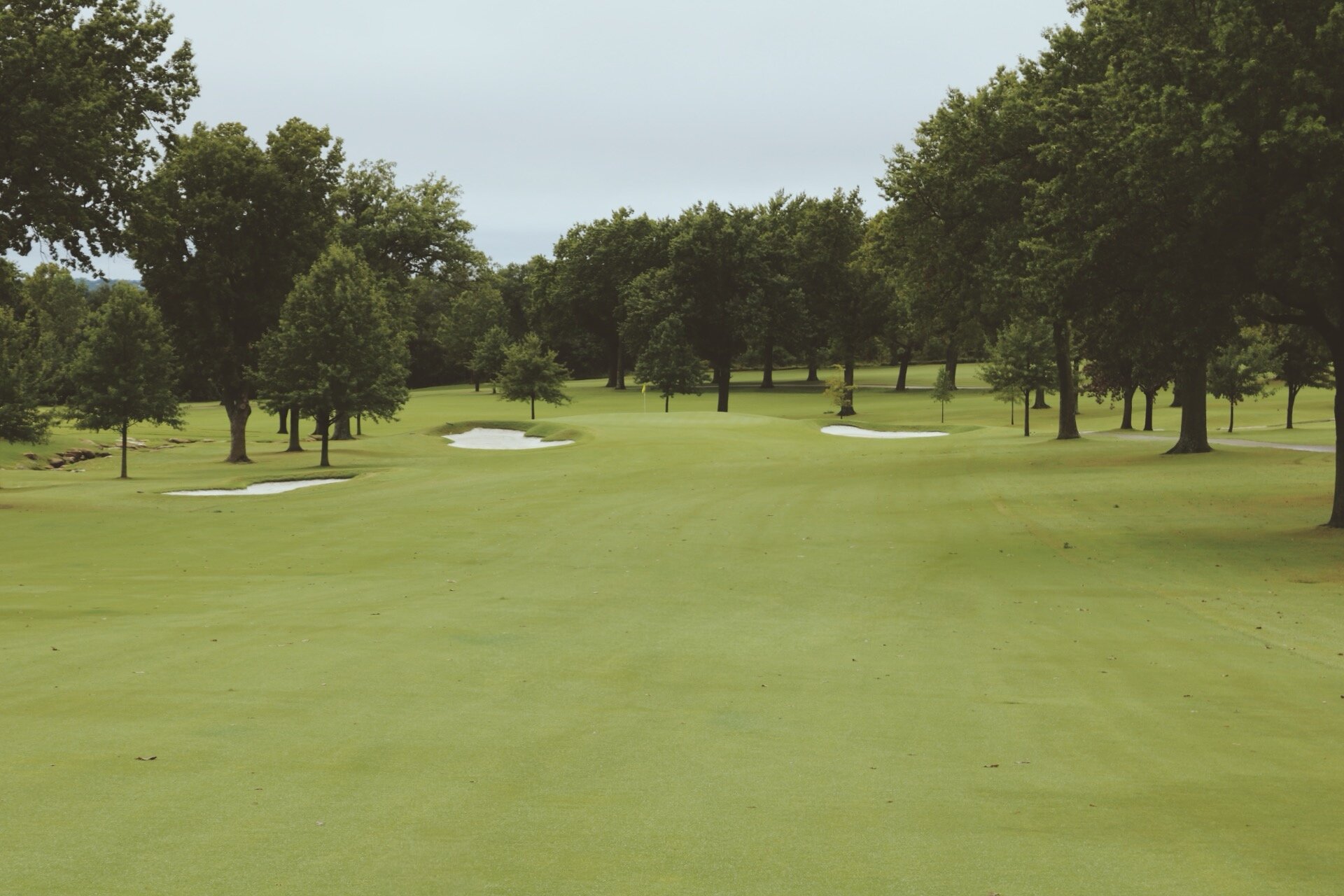
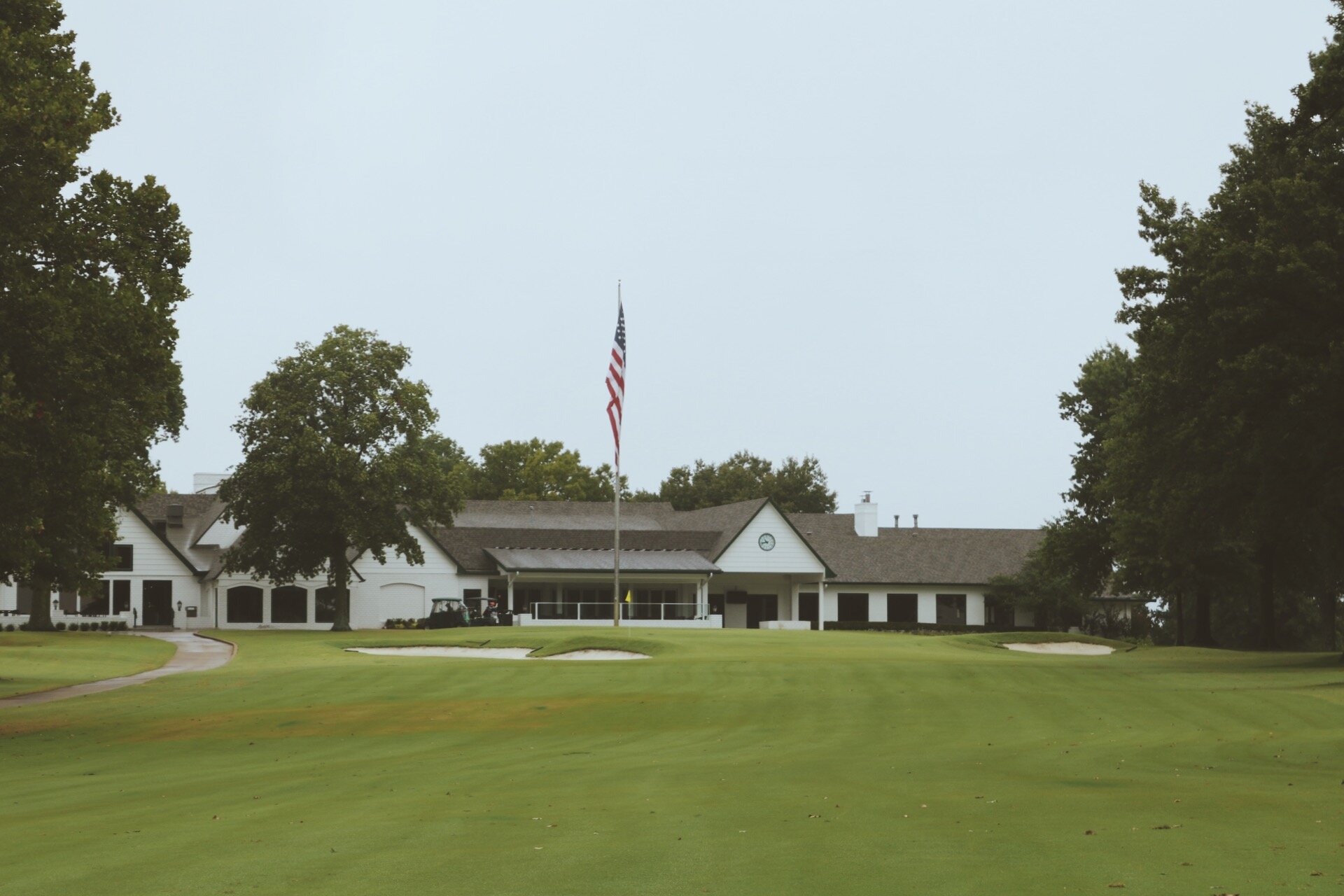
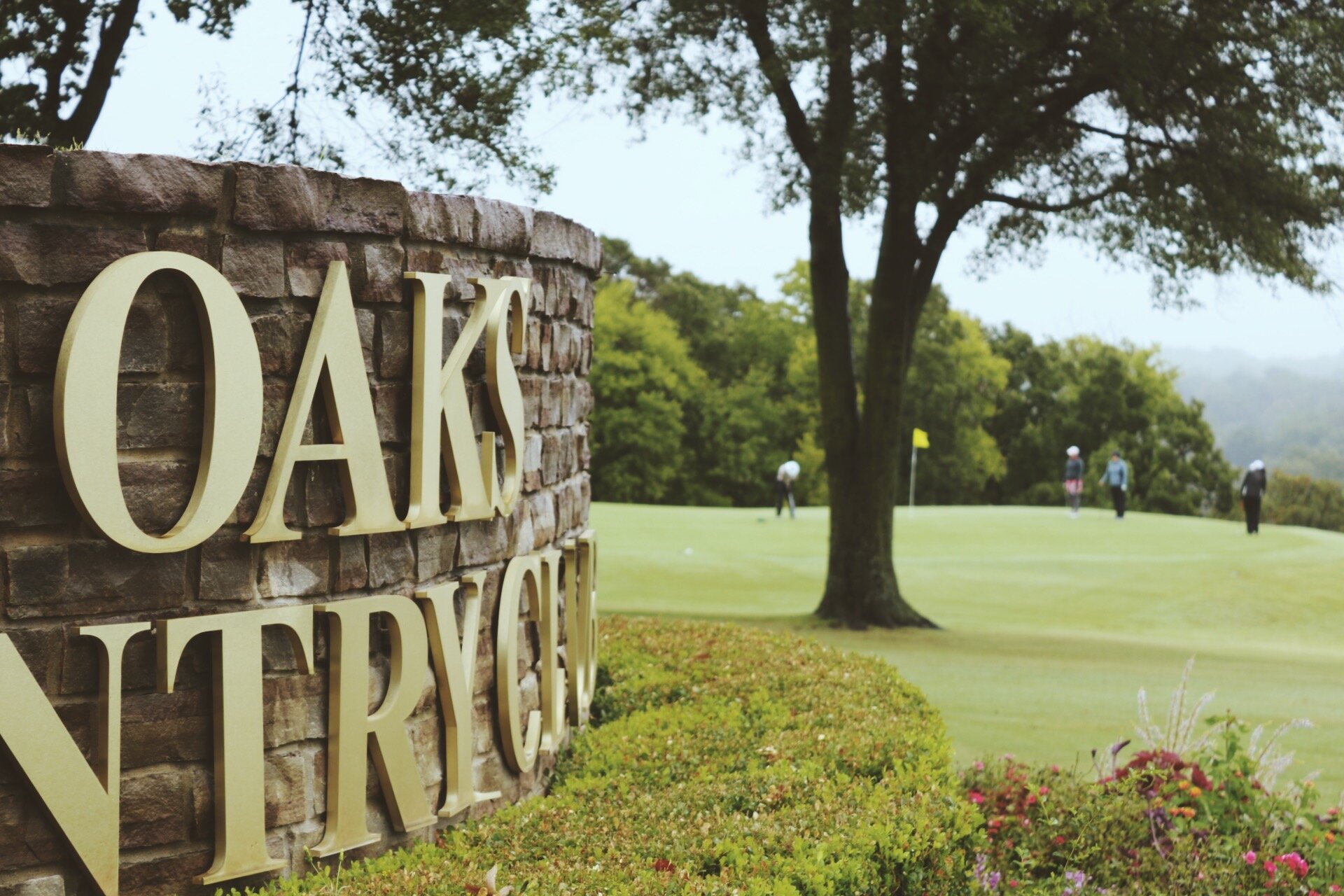
The first 15 years of the club saw dramatic changes. Originally sand surface greens, they introduced bermuda grass in 1924 and bent grass in 1930. In 1937, deep in the grip of the Great Depression, the club called on Oklahoma’s own Perry Maxwell to rebuild seven of the putting surfaces, who had just completed work on six others at Augusta National Golf Club in Georgia.
Despite the brilliance and stature of two of the world’s greatest golf architects, the club couldn’t escape the bust of the Depression and World War II. In 1944, Oakhurst was foreclosed on and purchased for $38,600, a mere fraction of the nearly half a million dollars for which it was created just two decades earlier.
Over the years, the track on the hill in southwest Tulsa now known as Oaks Country Club has served as a paramount example of A.W. Tillinghast’s work. Known for his vehement belief of marrying the game to the land on which it is played, Oaks stands unique, even to his other local body of work just seven miles north on the other side of the Arkansas River.
Despite his highly held belief that each course should be unique in its own skin, there are several iconic “Tillie Terrors” that paint the landscape of Oaks Country Club, most notably his elevated greens, closely guarded by deep, imposing bunkers. Tee boxes blend to the natural surroundings and offer a variety of angles, another Tillinghast staple.
According to the architect, “A course stands or falls through the character of its one-shot holes.” This statement is such that a round at Oaks Country Club could be considered a success or a failure by the time you putt out at the sixth hole. Nestled in the far northeast corner of the property, this downhill Par 3 is the embodiment of Tillinghast’s iconic “Tiny Tim” golf holes. Stretching to 133 yards at the back of the Tour Tees, you are faced with disaster on all sides of the putting surface. A miss to the left will undoubtedly find the sand with a touchy look back toward a severe false front. Testing the front and right side of the green will either fall off into a collection area or – more than likely – a treacherous pot bunker. Anything long and you’ll be flirting with out-of-bounds.
Par 3 Sixth at Oaks Country Club
Perhaps the most evident display of Tillinghast’s creativity is in the routing of Oaks Country Club. Leaning into his belief that a round of golf “should present eighteen inspirations,” take the opening four holes:
Hole One: Approach plays right-to-left down the hill to the southwest.
Hole Two: Approach left-to-right up the hill to the northeast.
Hole Three: Drive plays left-to-right and approach plays right-to-left down the hill to the northwest.
Hole Four: Drive plays right-to-left and approach plays left-to-right up the hill to the southeast.
Four opening holes. Four drastically different approaches. Not only are you competing with the varying elevation, but each offers a variety for the near-constant barrage of Oklahoma wind.
The club underwent a year-long, $4 million renovation in 2015, tabbing Atlanta native Bill Bergin to restore many of Tillinghast’s original green contours and bunker designs. Bergin – a former PGA Tour professional who also transformed Oklahoma City’s Quail Creek Golf and Country Club – studied countless photographs from the club’s early days to understand Tillinghast’s intentions. What resulted was a longer test with fairways restored to their original width, subtle rolls in the putting surfaces and grass-faced bunkers inspired by Tillinghast classics like Baltusrol and Winged Foot.

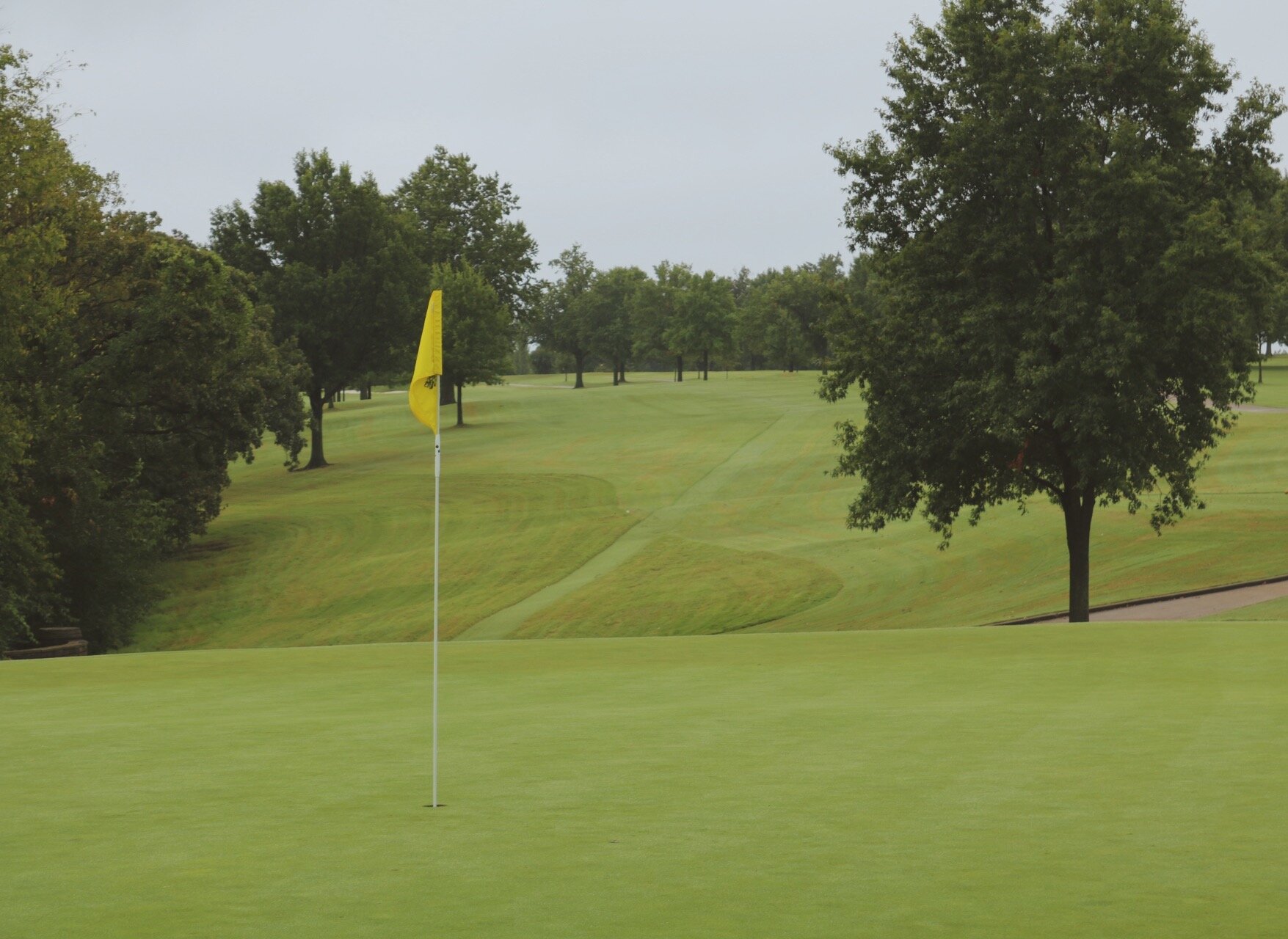

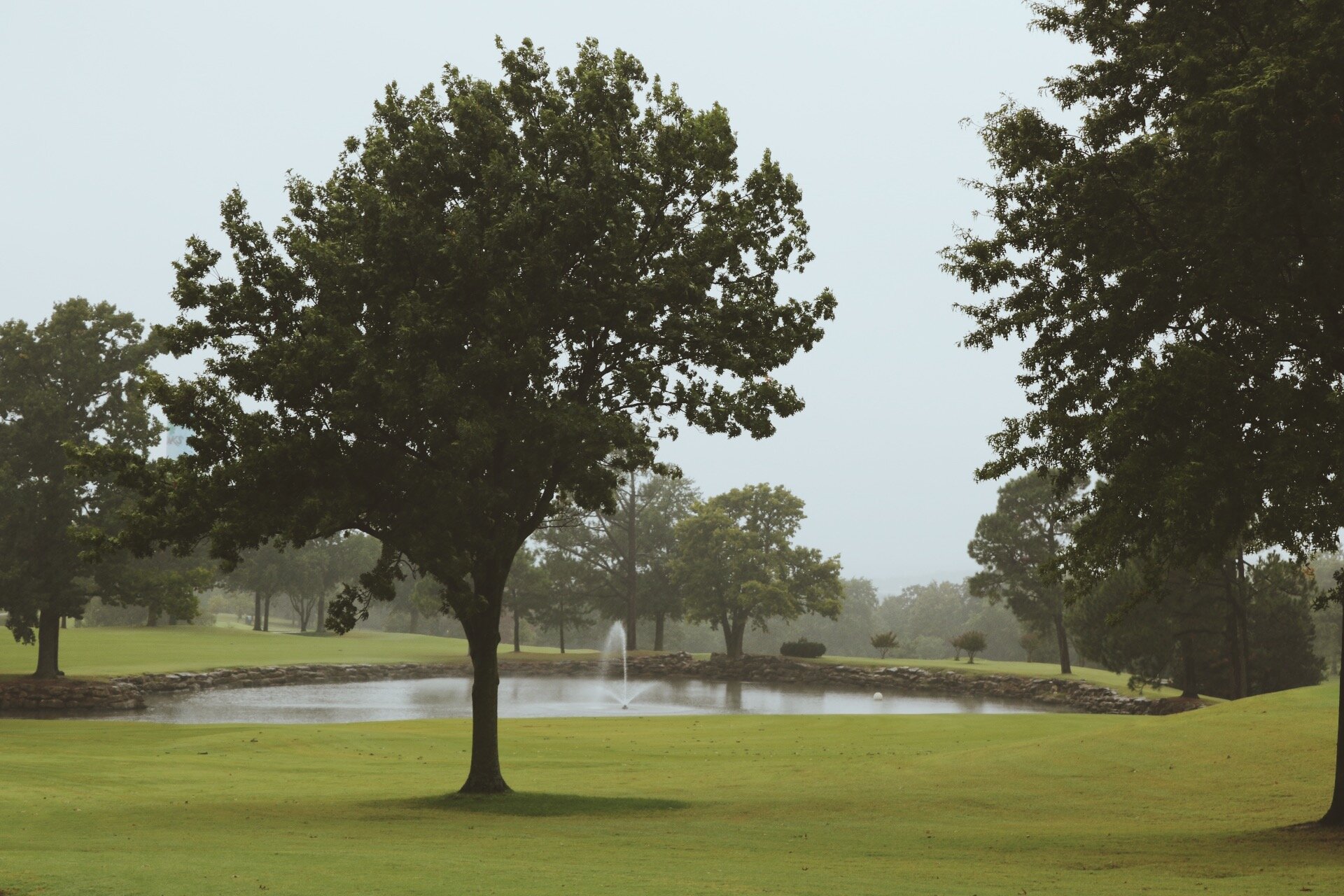
Closing in on a century of golf, Oaks Country Club is packed with classic Tillinghast risk/reward examples, from his “right side, wrong side” fairway positions to his propensity for his small, tightly defended greens.
Whether it was the “raffish, juvenile delinquence” in his formidable years or his Twainian-like abuse of American excessivism, Tillinghast’s Philly thrill style of golf course design led him to be hailed as “the forgotten genius of American golf.”
One thing is certain: atop one of Tulsa’s highest peaks – amid the booms and busts of the last 100 years – a Golden Age of golf remains.

